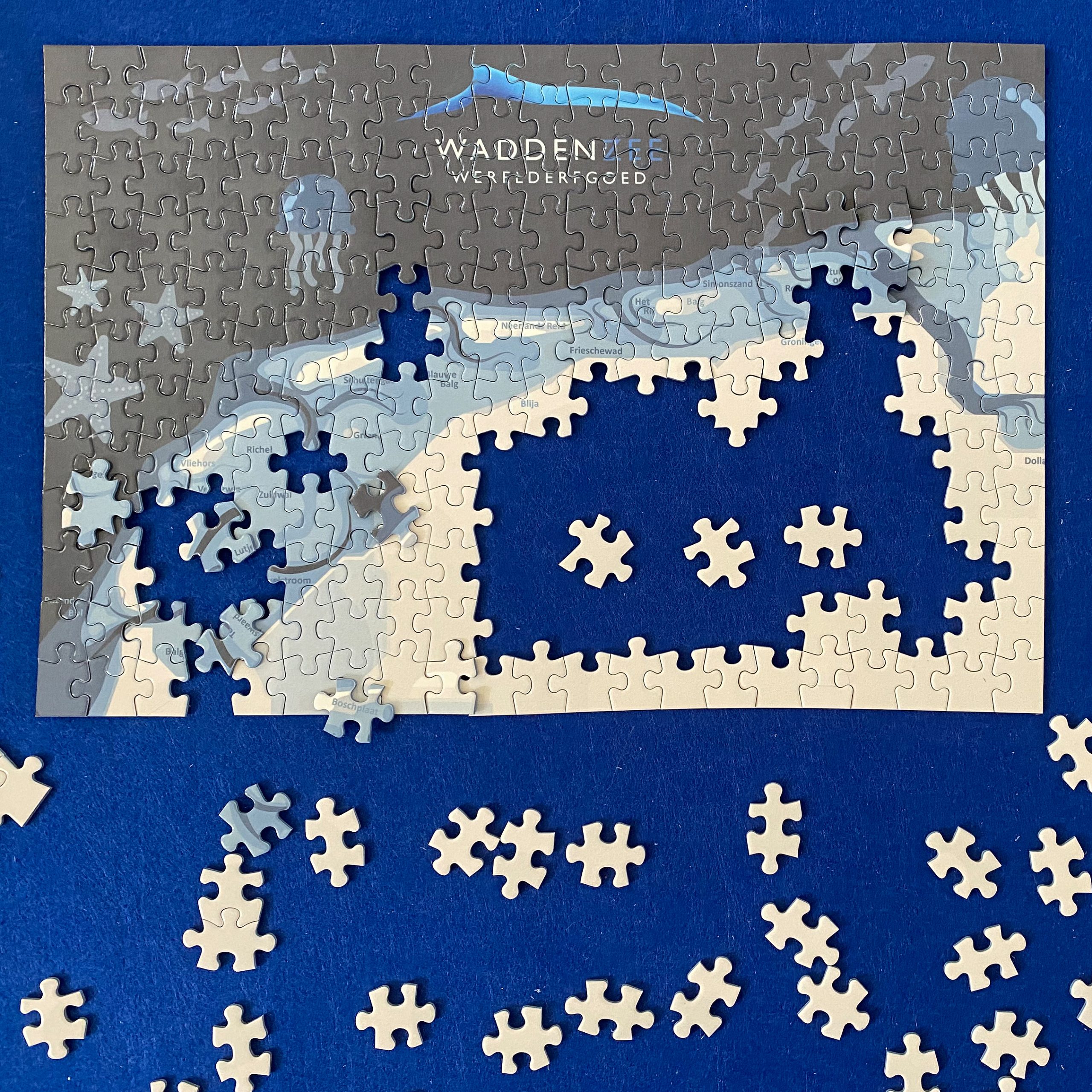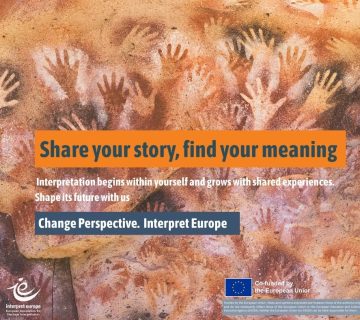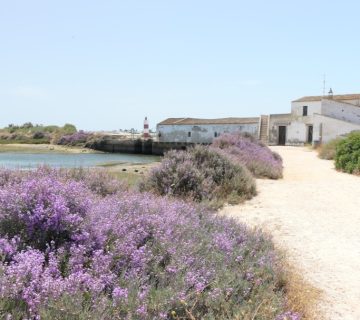What we’re learning through the Learning Landscapes Initiative.
The Learning Landscapes Initiative is powered by interpretive agents working in their regions, to turn heritage into a drive for change. Reaching the middle of its pilot phase, a Q&A session gave IE members the opportunity to learn more about it. This is what we shared.
A year ago, after months of preparatory work, Interpret Europe, in cooperation with UNESCO, launched the Learning Landscapes Initiative (LLI). We knew we were stepping into ambitious and somewhat uncharted territory. Bringing together diverse actors across Europe to explore how heritage interpretation can become a driver for local development, community cohesion, and participatory governance was never going to be simple. And it isn’t. But it’s starting to work.
Along the way we discover or confirm the consequences, the outcomes and the challenges resulting from when co-creation, people-centred and value-based heritage interpretation are put into practice. At the same time, we try to communicate our intentions, involve our community, and stay open to feedback.
This is why, being halfway through the pilot phase, we – the LLI team and the areas’ interpretive agents – held an online Q&A meeting, open to all IE members. These are some of these insights we discussed.
Clarity is a journey, not a given
One of the clearest messages we’ve heard from IE members is that the structure and goals of LLI still feel a bit unclear — even for those who are following our updates with interest.
We understand. The initiative is large, multi-layered, and still in development. But that doesn’t mean we can’t do better in explaining it. As Valya Stergioti, LLI team member and mentor of the Zagori LL, pointed out, “If, even after detailed presentations, people feel things are still unclear, we need to hear that feedback and try to improve.”
So, we’re taking this seriously. In addition to written updates, we’re working on visual tools like infographics that can map out the goals, structure, and timeline of the initiative in a more accessible way.
‘How do I benefit as an IE member?’
Another important question we heard was: “Does this apply to me as an IE member?”
The answer is yes — even if not directly or immediately. While the six pilot regions are the current focus, we fully intend to open the door to other members, who may want to:
- adopt co-creative methods in their local settings,
- draw inspiration from the models and results we’re developing,
- run their own Learning Landscape in the future.
We plan to provide an international online symposium, operational guidelines, and a presentation at the next IE conference, so that the whole IE community can benefit from the process and outcomes of the LLI pilot phase.
Participation isn’t one-size-fits-all
One of the most compelling challenges we’ve encountered was how to meaningfully engage stakeholders — especially beyond the ‘usual suspects’. Each site brought its own dynamics. At some, local administrations or thematic experts took the lead. Elsewhere, ordinary citizens played a central role. For example, at Wadden Sea, our interpretive agents reminded us that there’s no universal formula: recruitment strategies must reflect local realities, and success can look very different from one place to another. Sometimes, just getting people to sit at the same table is already a major step forward.
Another recurring challenge was managing expectations. Communities often long for quick, visible results. Yet we’ve learned that even small wins — new collaborations, unexpected dialogue, more open conversations — are deeply meaningful. ‘Quick’ doesn’t have to mean superficial, and not all progress is immediately visible.
It’s also important to acknowledge that people come with different positions, priorities, and sometimes conflicting views. Our work isn’t about erasing those differences, but about creating safe, constructive spaces where they can be expressed and explored. This has been central in IE since the launch of the initiative, ‘Engaging citizens with Europe’s cultural heritage’ in 2017.
At Wadden Sea, for instance, the inclusion of fishermen brought these tensions to light — and revealed just how important it is to navigate them thoughtfully. Roșia Montană offered another powerful example as a place where deep-seated perspectives coexist, and where dialogue itself can be both a challenge and a result.
Why LLI matters to everyone
Thorsten Ludwig, head of the LLI team and Wadden Sea mentor, said, “Heritage is the medium” — a way to connect people, foster reflection, and build open, democratic societies in times that are increasingly fragile.
This idea is weaved throughout the LLI. Because, ultimately, LLI is a test of IE’s new paradigm and as such, it matters to the broader interpretive community.
It helps us, IE interpreters, to refine our approach, verify our assumptions, and strengthen our claim that interpretation is not a luxury — it’s essential.
Looking ahead
We, the LLI team, are still learning. If we were to repeat this experience, there are things we’d do differently — and that’s a good sign, as said, “It means we’re growing”.
In the coming months, we’ll share more about what has worked well, what proved most challenging, and what lies ahead. And we’ll do our best to make it easy for everyone to follow along and take part.
If this resonates with you, we’d love to hear from you. Your questions, reflections and curiosity are helping shape this initiative — and that’s exactly the point.
The LLI team consists of: Thorsten Ludwig, Valya Stergioti, Lucija Gudlin, Vanessa Vaio.
To cite this article: Vaio, Vanessa (2025) ‘From ambition to action‘ in Interpret Europe Newsletter 2-2025, pg.5-6.
Available online: Newsletter summer 2025




